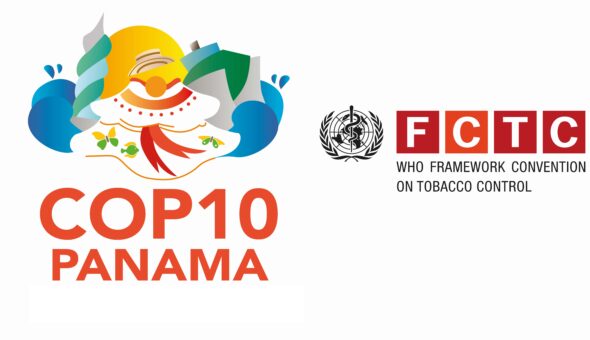We have found that the second-hand smoke exposure among children has declined markedly in the past 14 years.
Our research, the most comprehensive study to date of second-hand smoke exposure among children in England, was funded by the Department of Health and published on 8 February 2010 in the journal Addiction.
The study, carried out by Dr Anna Gilmore and her team from the University of Bath’s School for Health, reveals that exposure to second-hand smoke among children aged four to 15 has declined steadily since 1996.
We wanted to find out if there were ways to predict the levels of second-hand smoke that children in England are exposed to and whether those levels were changing over time. It was also important for us to understand the levels of childhood second-hand smoke exposure in the years preceding the legislation, to be able to accurately assess the effects of the smoke-free legislation implemented in England in July 2007,
We analysed data from the Health Survey for England conducted between 1996 and 2006 including saliva samples taken from approximately 14,000 children aged between four and 15. The saliva samples were analyzed for a substance called cotinine, an indicator of tobacco smoke exposure.
The results showed that children’s exposure fell by 59 per cent over the 11 year period (from 0.59ng/ml in 1996 to 0.24ng/ml in 2006) indicating that children’s exposure to second-hand smoke has decreased markedly since the mid-nineties. The greatest decline occurred between 2005 and 2006, a period when targeted mass media campaigns on the dangers of second-hand smoke were routinely aired.
The study highlighted that the largest decline was between 2005 and 2006, a time of increased public debate and public information campaigns about second-hand smoke in the lead-up to the 2007 implementation of smoke-free legislation for public spaces.
The research also reveals that second-hand smoke exposure in non-smoking children is highest when one or both parents smoke, when the children are looked after by carers that smoke, and when smoking is allowed in the home. Children from more deprived households were more exposed, and this was still the case even when we took parental smoking status into account.
Declines over this period were greater in children with two smoking parents, with average annual falls of 0.115ng/ml, compared children with a mother who smoked (average annual decline of 0.065ng/ml) and children with non-smoking parents (average annual decline of 0.019ng/ml). As declines were greatest for those children who were most exposed to begin with, the gap in children’s second-hand smoke exposure between children with smoking parents and children with non-smoking parents has lessened.
Dr Michelle Sims, first author of the paper, explained: “The importance of carer and parental smoking and household exposure tells us that reducing exposure in the home is the key to reducing the health risks associated with second-hand smoke exposure in children.”
Dr Anna Gilmore, who led the project, said: “This study shows that the factors which most strongly influence children’s exposure are modifiable. Parents and carers can reduce their children’s exposure to smoke by giving up smoking, or failing this, only smoking outside the house.
“Stopping others from smoking in their house is also important. The fact that children’s exposure has already fallen so markedly shows that making these changes is feasible.”
This research highlights the need for public health interventions aimed at decreasing smoking prevalence and for those who are unable to quit, decreasing smoking in the home.
The published research paper can be accessed here:


